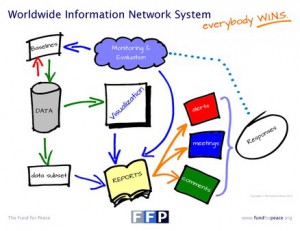
Social media and collaborative technologies–layered with smart systems combining geo-location data with human experience–will make cities the driving sustainability force in a dawning planetary era. Cities will anticipate new risks with rapid urban systems innovation based upon crowdsourcing, virtual and physical communities, and transparent markets sensitive to full carbon and resource costs. Creatively leveraging collective intelligence for clean energy, low carbon mobility and sustainable food and water, the new urban grid will enable high local quality of life, lifelong learning and vibrant green economies.





